Popular games built on game engine Sega NAOMI
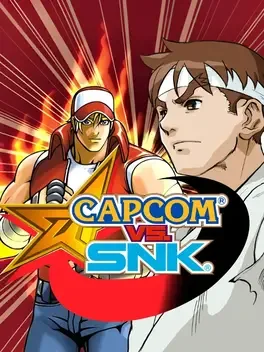
Two of the worlds greatest arcade fighter developers, Capcom and SNK, join forces to finally answer the question asked by many for years: Who is the dominant fighter? A range of fighters from both worlds are available to choose from, with two different fighting styles (Capcom and SNK, of course) meaning that players of both worlds can fit into the game easily, while new gamers can try Ryu using the SNK format.
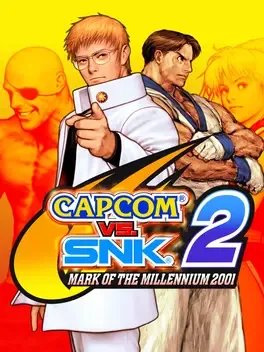
Capcom vs. SNK 2: Mark of the Millennium 2001 (Millionaire Fighting 2001 in Japan) is the sequel to the fighting game Capcom vs SNK, and the sixth game in the Capcom's VS. Series. This game was released on Sega NAOMI hardware in the arcade. It was later released for the Sega Dreamcast (Japan only) PlayStation 2 and Playstation 3 (as a Playstation 2 Classics title in the PlayStation Network), with the GameCube and Xbox receiving an updated version called Capcom vs. SNK 2 EO.
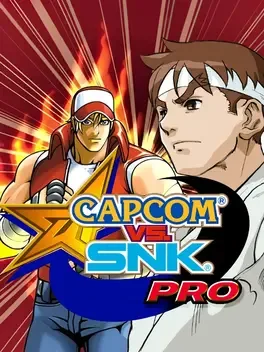
An updated version of the original Capcom vs. SNK titled Capcom vs. SNK Pro was released on the Arcade Sega NAOMI GD-ROM hardware (2000), Dreamcast (2001) and PlayStation (2002), the latter suffering from slight load times between rounds and downgraded graphics and sound due to hardware limitations. New additions included Joe Higashi (from Fatal Fury) and Dan Hibiki (from Street Fighter Alpha), new moves for existing characters, and new modes of play.
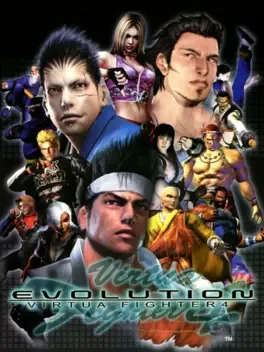
Evolution was an updated version of Virtua Fighter 4. The game introduced two new characters and adjusted every other character as well. The two new characters were the Judoka-assassin, Goh Hinogami and the Muay Thai boxer Brad Burns. With the addition of Brad Burns, Vanessa Lewis's alternate Muay Thai style from Virtua Fighter 4 was removed and replaced with a Vale Tudo "Offensive" style; making her a solely Vale Tudo brawler. All of the stages were adjusted. For example, Lei-Fei's stage in Virtua Fighter 4 previously took place during sunset, in Evolution it takes place during the morning.
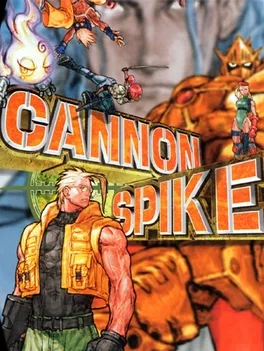
Cannon Spike (released in Japan as Gunspike) is a top-down run-and-gun shooting game developed by Psikyo & published by Capcom in the year 2000. Players select from a roster of classic Capcom characters, then play through a series of short stages & boss battles in a randomly selected order.
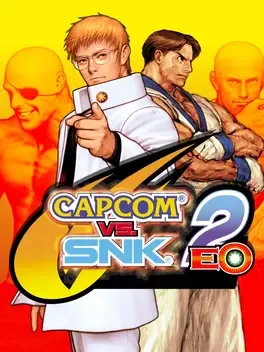
Capcom vs. SNK 2 EO is the same game but with minor changes in gameplay and the inclusion of an EO ("Easy Operation") system that allows the player to perform specific attacks by simply moving the right analog stick in a certain direction. Like all other home versions of the game, CvS2: EO also contains four bonus characters: Evil Ryu, Orochi Iori, Shin Akuma (Shin Gouki in Japan), and Ultimate Rugal (God Rugal in Japan), powered-up versions of four regular characters. Before selecting a team, the game offers a selection of "Grooves", which change the way the game is played, as well as "AC-ism" or "GC-ism" Grooves; GC-ism simplifies the control scheme, originally designed for the GameCube gamepad. In the Xbox version it is called EO-ism. Capcom vs. SNK 2 EO also removed the Roll Cancel glitch that was in the original versions. In addition, the Xbox version of CvS2: EO also included online play for up to two players on Xbox Live as well as progressive-scan (480p) support, which was noticeably absent in the PlayStation 2 version.
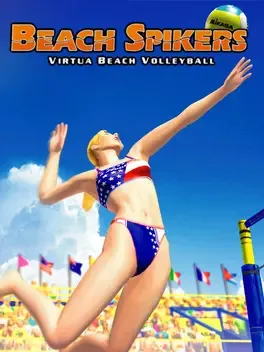
Beach Spikers delivers intense beach volleyball action for up to four players, and it showcases beautiful female athletes as they battle it out under the summer sun. You must cooperate and compete as you take control of bikini-clad athletes and go two-on-two at the net. Those craving a deeper experience can create their own athlete and teammate and enter the all-new World Tour mode. With each win, you'll compete to earn attributes and use a mixture of encouragements and insults to develop your teammate's AI.
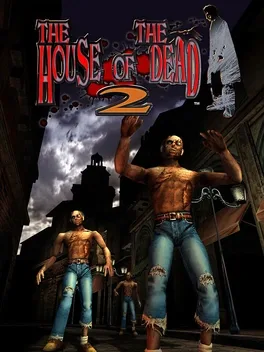
The House of the Dead 2 is a first-person light gun shooter arcade game with a horror theme and the second game in The House of the Dead series of video games. The direct sequel to The House of the Dead, it was developed by Sega for arcades on the Sega NAOMI board in November 1998 then later ported to the Dreamcast in 1999 and Microsoft Windows in 2001, and is also found on the Xbox as an unlockable bonus in The House of the Dead III. The game appears in the compilation The House of the Dead 2 & 3 Return for Wii. The Dreamcast version became a Sega All Stars title.
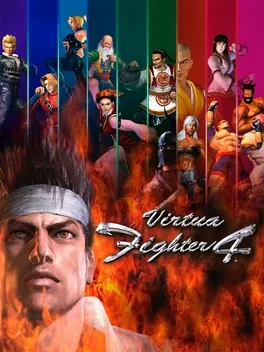
Virtual Fighter 4 is the fourth game in the Virtua Fighter series. In Japan, Virtua Fighter 4 is famous for spearheading and opening the market for internet functionality in arcades. VF.NET started in Japan in 2001, and since companies have created their own arcade networks, e-Amusement by Konami, NESiCAxLive by Taito and Square Enix, and ALL.Net by Sega and Bandai Namco.
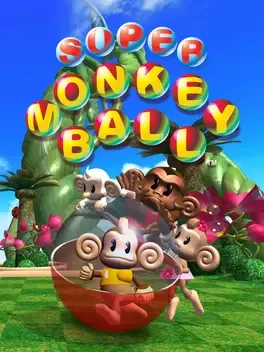
Super Monkey Ball is a 2001 platform party video game developed by Amusement Vision and published by Sega. The game debuted in Japan at the 2001 Amusement Operators Union trade show as Monkey Ball, an arcade cabinet running on Sega's NAOMI hardware and controlled with a distinctive banana-shaped analog stick. Due to the failure of Sega's Dreamcast home console and the company's subsequent restructuring, an enhanced port dubbed Super Monkey Ball was released as a launch title for the GameCube in late 2001, garnering interest as Sega's first game published for a Nintendo home console. Conceived by Amusement Vision head Toshihiro Nagoshi, Super Monkey Ball involves guiding a transparent ball containing one of four monkeys—AiAi, MeeMee, Baby, and GonGon—across a series of maze-like platforms. The player must reach the goal without falling off or letting the timer reach zero to advance to the next stage. There are also several multiplayer modes: independent minigames as well as extensions of the main single-player game.
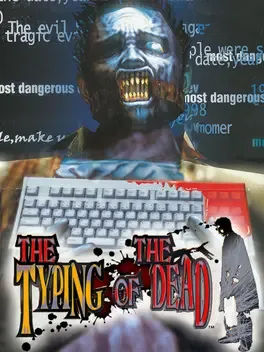
The Typing of the Dead is an arcade game that was developed by WOW Entertainment and published by Sega for the NAOMI hardware. The game was released in Japanese arcades in 1999 and was ported to the Sega Dreamcast in 2001 by Smilebit. A Windows version was released in 2000 and a PlayStation 2 port followed in 2004. The Typing of the Dead is a modification of Sega's 1998 light gun arcade game The House of the Dead 2 in which the gun is replaced by a computer keyboard. The player takes the role of a secret agent in a zombie-infested Venice and must quickly type letters, words and phrases in order to kill fast-advancing enemies.

Akatsuki Blitzkampf Ausf. Achse is the final standalone revision of the first game for arcades.
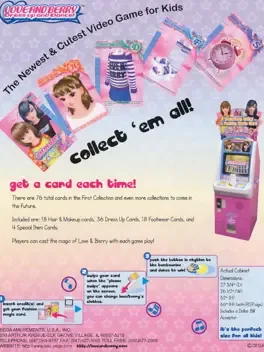
Love and Berry are magical witches who possess the power of "Fashion Magic", which allows them to change clothes instantaneously.

Slashout is the third installment to the Spikeout series, released for Sega NAOMI hardware in 2000. Unlike other games in the series, Slashout has a completely different setting, based in a fantasy world with different characters—gameplay remains similar, however.
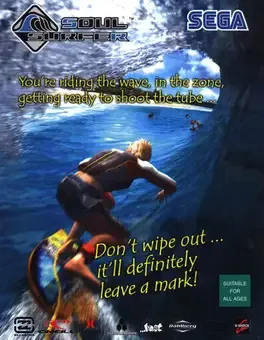
Got a need to hang ten but can't make it to Bonzai Beach this weekend? SEGA can help you get your fix with Soul Surfer! The only thing missing is the taste of salt water in your mouth and sand in your swim trunks! Soul Surfer takes you to the world's greatest waves! Surf the legendary beaches of California, Polynesia, Japan, Hawaii, South Africa, Europe, and Australia!
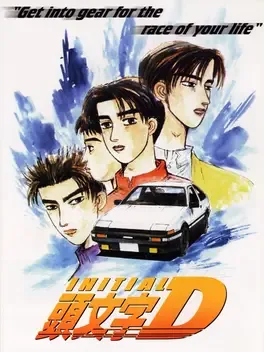
Initial D Arcade Stage is a 2002 arcade racing game based on the Initial D series. It is the first game in the Initial D Arcade Stage series.
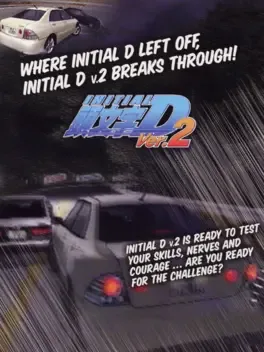
Initial D Arcade Stage Ver. 2 (known simply as Initial D Ver. 2 in its export release) is a 2002 arcade racing game based on the Initial D series. It is the second game in the Initial D Arcade Stage series.
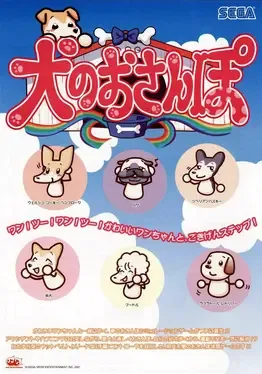
Players "walk" a virtual dog by walking on a treadmill and control the pet with a leash attached to a plastic dog in front of the player. Inu no Osanpo simulates the experience of walking a dog. Players first choose one of six breeds of dog to walk: Poodle, Pug, Pembroke Welsh Corgi, Shiba Inu, Labrador Retriever, or Siberian Husky. The difficulty of the game changes depending on the breed of dog chosen. After selecting a dog, the player selects one of three possible walking routes, each with a unique scenario. The goal of Inu no Osanpo is to maintain the dog's happiness long enough to complete the entire route.
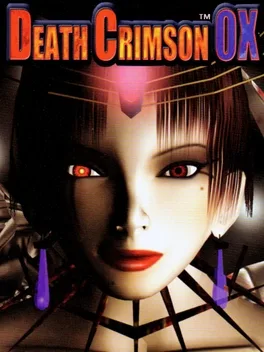
Death Crimson OX is a light gun shooting game developed by Ecole. It was released in arcades in 2000 then ported to the Dreamcast console in 2001 (published by Sammy Entertainment), several months after Sega had dropped support for the console. It is the third game in the Death Crimson series, and the only one to be released outside Japan. The game can be played with either a standard controller or a light gun.

In this unique vertically-scrolling shooter you take the role of a mysterious girl named Karous, who commands a tiny fighter ship and attempts to destroy an evil armada bent on world domination. The game plays as your average vertical-scrolling shooter, in which you must clear several stages by destroying all incoming enemies and surviving their onslaught. A unique addition to Karous, is that you don't collect weapons by power-ups, but instead upgrade each of your basic weapons (gun, sword and shield) depending on their use thanks to a basic experience module, with increased power and features at later levels (multiple shots, bullet reflection, etc.) The game uses cel-shaded polygonal graphics with a distinct black and white look.

SEGA's second entry into the Arcade card game genre, Dinosaur king is a collectible card fighting game where you can put dinosaurs in fierce battles, with incredible graphics, and colorful and 00's accurate depictions of these prehistoric animals. In it's story Max Taylor, his father Spike Taylor and Rex Owen found stone tablets on a fossil excavation site in Africa, the tablets suddenly bursts out voices of the past: Dinosaurs! They request that Max and Rex go back to the past to help them from the Alpha Gang who are capturing dinosaurs. Max and Rex used Dinosaurs and Move Cards and pushed back the Alpha Gang. Fight with an enhanced Rock, Paper, Scissors formula where the winner can attack, and collect dinosaurs and moves to prove yourself as a Dinosaur King.
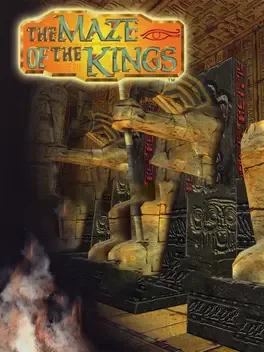
A 1 to 2 player shooting game where each player assumes the role of an archaeological treasure hunter armed with a magical cane who travels across rivers and deserts and explores the insides of pyramids searching for lost treasure while killing mummies and other evil creatures. Each player gets a choice of what kind of firepwoer to use for his or her character's magical cane: Light, Spark, or Fire.
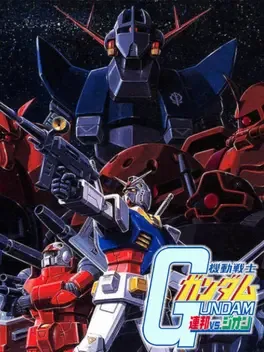
When the imperiled Earth Federation battles the notorious Zeon Forces, which side will you be on? Mobile Suit Gundam: Federation vs. Zeon forces you to choose which army to lead in furious outer-space combat. Play more than 200 missions solo or share the screen with a friend for head-to-head or team battle action. Actual actors from the TV series provide full voice-overs in the game, immersing you in Mobile Suit Gundam world.

Toy Fighter is a Sega NAOMI versus fighting game released in 1999. Plans were supposedly put in place to release this game on the Sega Dreamcast, though were shelved for unknown reasons.